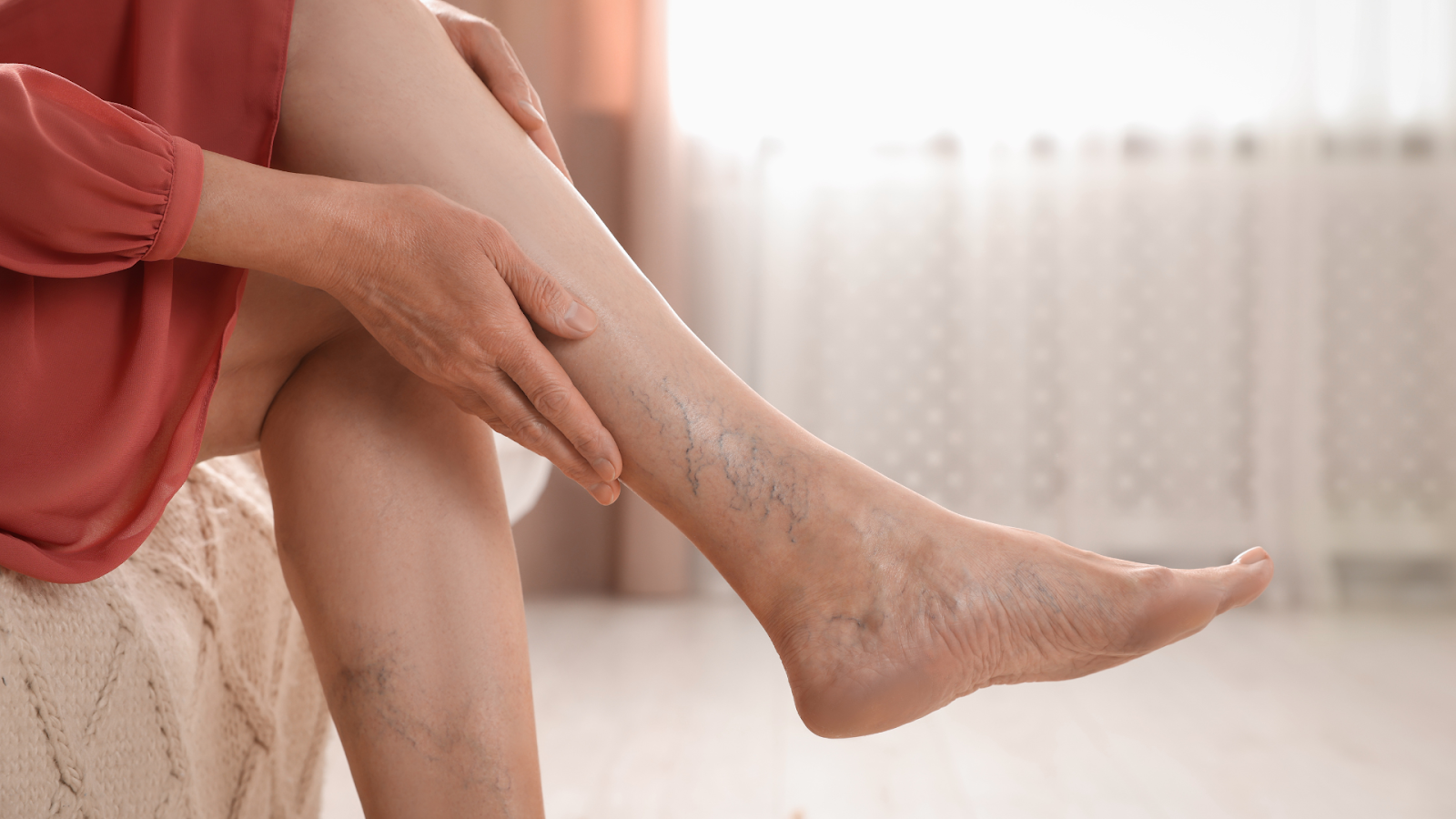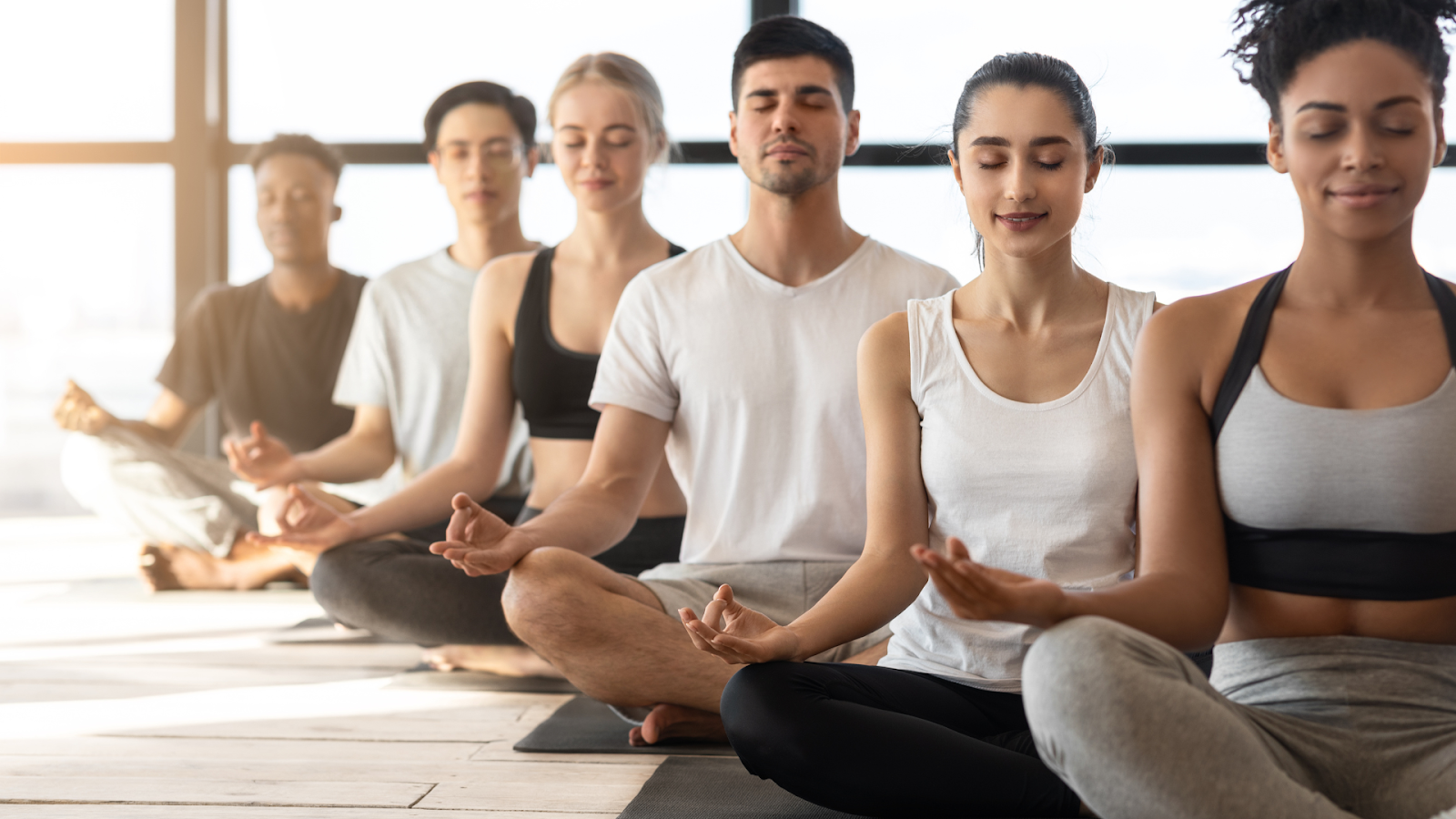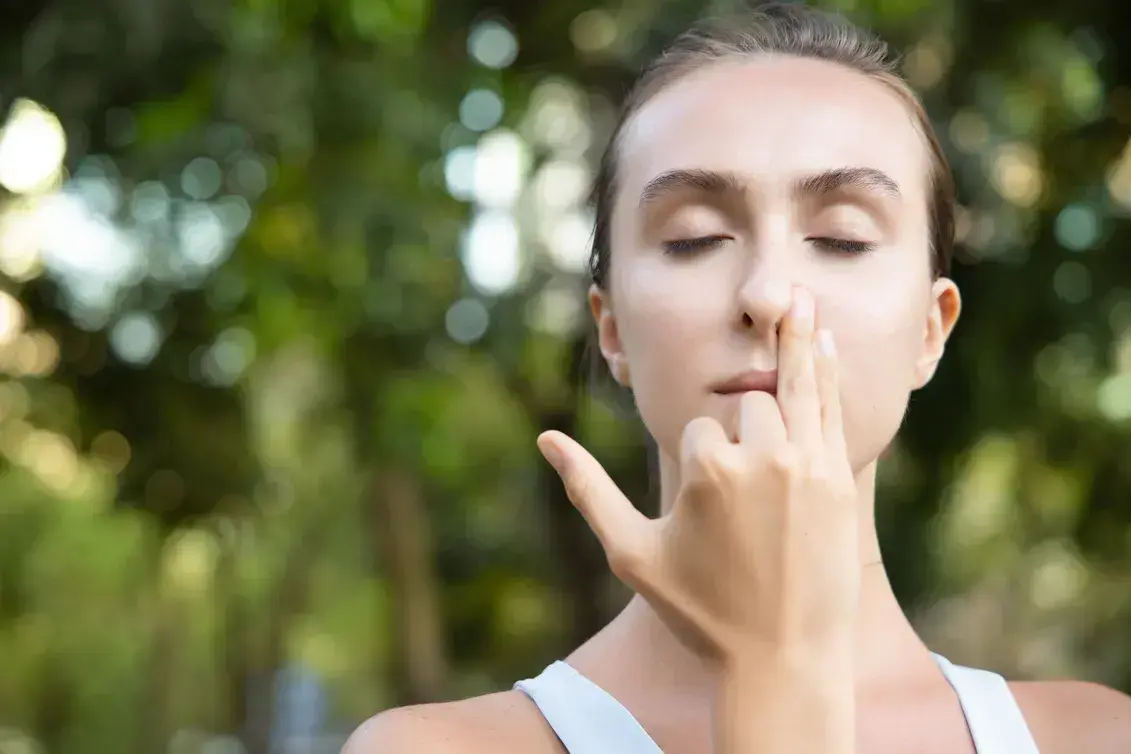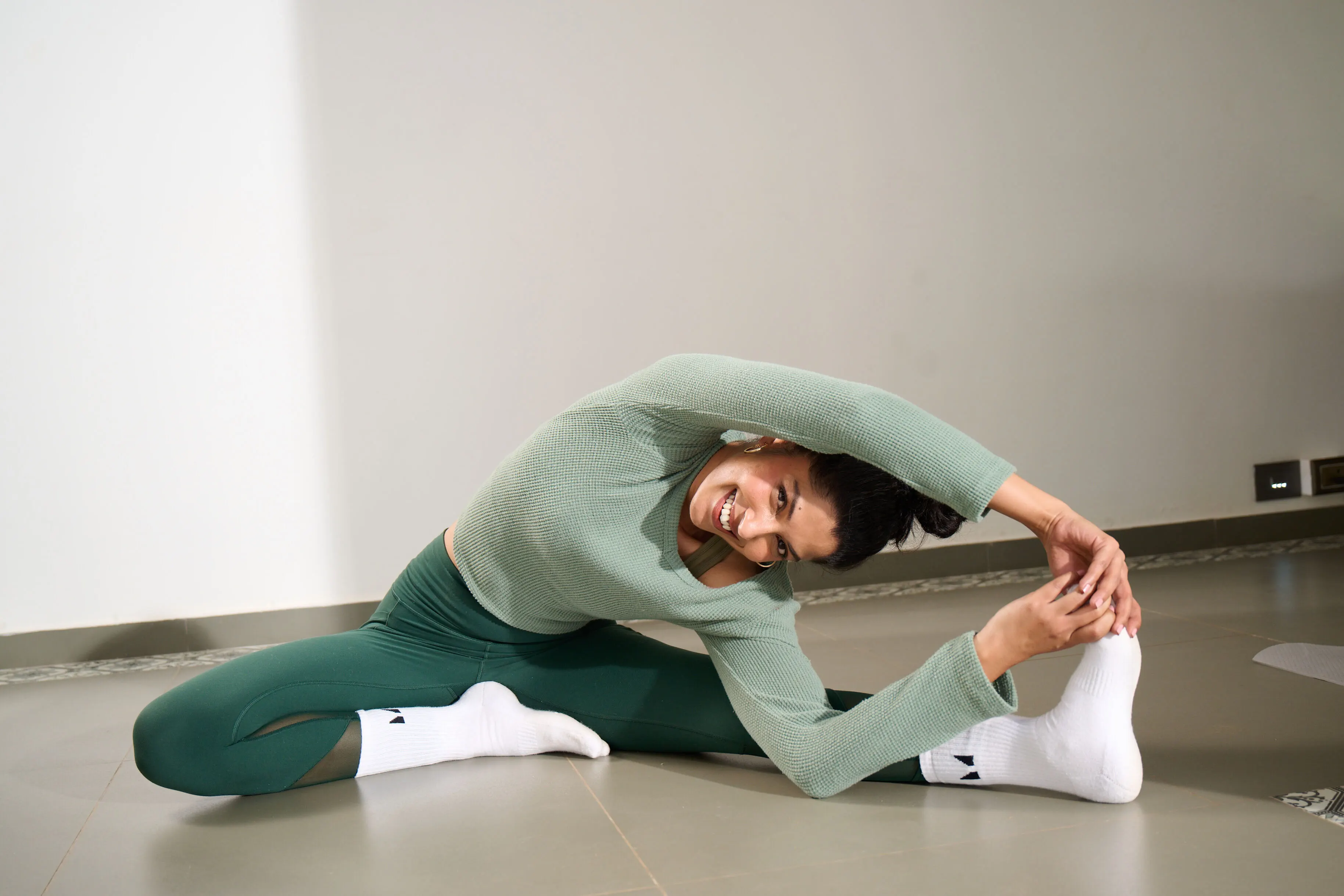Varicose veins, those twisted and enlarged veins often found on the legs and feet, can be more than just a cosmetic concern. They can lead to discomfort, pain, and even more serious health issues if left untreated. While there are various medical treatments available, many people are turning to natural remedies like yoga to alleviate symptoms and improve overall circulation. Yoga, with its gentle stretching, focus on breathing, and relaxation techniques, offers a holistic approach to managing varicose veins. This blog explores how yoga can be a supportive practice for those dealing with varicose veins, backed by research, specific benefits, and recommended yoga practices.
Studies and Research on Yoga for Varicose Veins
Research on yoga as a treatment for varicose veins is still in its early stages, but preliminary studies and anecdotal evidence suggest that yoga can be beneficial. A study published in the Journal of Clinical and Diagnostic Research explored the impact of yoga on patients with varicose veins. The study found that regular yoga practice led to significant improvement in symptoms like pain, swelling, and heaviness in the legs. Yoga's ability to enhance circulation, strengthen the muscles supporting the veins, and promote relaxation may contribute to these positive outcomes.
Additionally, yoga is known to reduce stress and improve overall cardiovascular health, both of which are key factors in managing varicose veins. Stress can exacerbate the condition by increasing blood pressure and putting additional strain on the veins, while poor cardiovascular health can worsen circulation problems. By addressing these underlying issues, yoga provides a multifaceted approach to varicose vein management.
Benefits of Yoga for Varicose Veins

- Improved Circulation: One of the primary causes of varicose veins is poor circulation, leading to blood pooling in the veins. Yoga poses that involve stretching and contracting the muscles help to promote blood flow, reducing stagnation and encouraging circulation. Inversions, such as Viparita Karani (Legs-Up-the-Wall Pose), allow gravity to assist in returning blood to the heart, providing immediate relief from symptoms.
- Reduced Swelling: Swelling in the legs and ankles is a common symptom of varicose veins. Yoga practices that focus on gentle stretching and fluid movement, such as Pawanmuktasana (Wind-Relieving Pose), can help reduce fluid retention. These poses stimulate the lymphatic system, which is responsible for removing excess fluids from the body, thereby reducing swelling and discomfort.
- Strengthening of Supporting Muscles: The muscles in the legs play a crucial role in supporting the veins and aiding blood flow back to the heart. Yoga strengthens these muscles, particularly the calf and thigh muscles, which act as pumps to push blood upward. Stronger muscles mean less pressure on the veins, reducing the risk of varicose veins worsening.
- Pain Relief: Varicose veins can cause pain, cramping, and a feeling of heaviness in the legs. Yoga poses that stretch and relax the muscles, such as Supta Padangusthasana (Reclining Hand-to-Big-Toe Pose), help alleviate this discomfort. Additionally, the deep breathing practices in yoga promote relaxation, which can ease pain and tension in the affected areas.
- Increased Flexibility: Tight muscles and restricted movement can worsen varicose vein symptoms. Yoga enhances flexibility, especially in the legs and hips, which can relieve pressure on the veins. Regular practice of poses like Janu Sirsasana (Head-to-Knee Pose) and Paschimottanasana (Seated Forward Bend) ensures that the muscles remain supple, supporting better circulation and reducing strain on the veins.
- Stress Reduction: Chronic stress can contribute to the development and exacerbation of varicose veins. Yoga’s emphasis on mindfulness, deep breathing, and relaxation techniques helps to lower stress levels. Practices like Savasana (Corpse Pose) and Pranayama calm the nervous system, reduce blood pressure, and create a sense of overall well-being, all of which are beneficial for those with varicose veins.
Beneficial Yoga Practices for Varicose Veins

When it comes to addressing varicose veins, certain yoga asanas can be particularly beneficial. Poses like Viparita Karani (Legs-Up-the-Wall Pose) and Pawanmuktasana (Wind-Relieving Pose) work by promoting circulation and reducing swelling, as they gently encourage blood flow back to the heart. Inversions are especially useful, as they allow gravity to assist in the natural drainage of blood from the legs, providing immediate relief from heaviness and discomfort. Alongside these, forward bends such as Supta Padangusthasana (Reclining Hand-to-Big-Toe Pose) and Janu Sirsasana (Head-to-Knee Pose) offer deep stretches that target the hamstrings and calves, improving flexibility and easing muscle tension.Additionally, poses like Tadasana (Mountain Pose) and Baddha Konasana (Bound Angle Pose) are excellent for strengthening the muscles that support the veins, helping to prevent the condition from worsening. These poses enhance overall posture and promote better alignment, which reduces pressure on the veins. The combination of these asanas creates a well-rounded routine that addresses both the symptoms and underlying causes of varicose veins.
The Role of Pranayama
Pranayama, or yogic breathing exercises, plays a significant role in managing varicose veins by promoting relaxation and improving circulation. Practices like Nadi Shodhana (Alternate Nostril Breathing) and Box Breathing help to lower blood pressure, reduce stress, and calm the nervous system. By enhancing oxygen flow throughout the body, pranayama supports cardiovascular health and aids in the efficient movement of blood through the veins. Incorporating pranayama into your yoga practice can enhance the benefits of asanas and provide additional relief from varicose vein symptoms.
How does Meditation help

Meditation complements yoga and pranayama by addressing the mental and emotional aspects of living with varicose veins. Stress and anxiety can exacerbate the condition, making relaxation a crucial component of management. Mindfulness meditation, in particular, helps you become more aware of bodily sensations, allowing you to respond to discomfort with calm and patience. Regular meditation practice can also improve your ability to cope with pain and reduce the emotional burden associated with chronic conditions like varicose veins.Yoga offers a holistic and natural way to manage varicose veins. The combination of specific poses, mindful breathing, and relaxation techniques provides a comprehensive approach to alleviating the symptoms of varicose veins while promoting overall well-being. Whether you’re looking to prevent varicose veins or manage existing ones, incorporating yoga, pranayama, and meditation into your routine can be a gentle yet effective solution. Remember to consult with a healthcare provider before starting any new exercise regimen, especially if you have severe varicose veins or other health concerns. Join live yoga classes on Shvasa to practice yoga for varicose veins safely with experienced teachers. Meta Description: Exploring the benefits of yoga for varicose veins and yoga practices that help manage varicose veins. Summary: Yoga, with its gentle stretching, focus on breathing, and relaxation techniques, offers a holistic approach to managing varicose veins. Explore the best practices for yoga for varicose veins.
FAQs:
- What are the benefits of yoga for varicose veins?
Yoga offers a holistic and natural way to manage varicose veins by improving circulation, reducing swelling, relieving pain, and strengthening the muscles that support the veins.
- What are the best asanas for varicose veins?
Poses like Viparita Karani (Legs-Up-the-Wall Pose) and Pawanmuktasana (Wind-Relieving Pose) work by promoting circulation and reducing swelling, as they gently encourage blood flow back to the heart. Forward bends such as Supta Padangusthasana (Reclining Hand-to-Big-Toe Pose) and Janu Sirsasana (Head-to-Knee Pose) offer deep stretches that target the hamstrings and calves, improving flexibility and easing muscle tension.
- How does Pranayama help with varicose veins?
Practices like Anulom Vilom (Alternate Nostril Breathing) and Box Breathing help to lower blood pressure, reduce stress, and calm the nervous system. By enhancing oxygen flow throughout the body, pranayama supports cardiovascular health and aids in the efficient movement of blood through the veins.















.jpg)












%201.png)

%201.svg)






%201.svg)